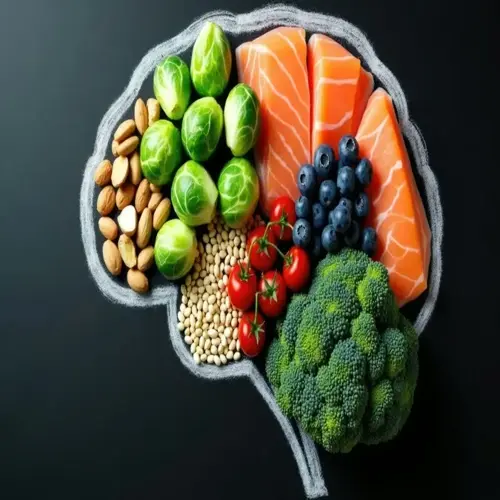Do fruits and vegetables contain meaningful zinc?

Written by
Stella Nilsson
Reviewed by
Prof. Benjamin Murphy, Ph.D.The quantities of zinc supplied by fruits and vegetables are usually small when compared with the amount obtained from seeds and legumes. While they contribute to the general good, they seldom provide any appreciable amount of zinc. When the real content of this mineral is known, it will help in making a diet that is sufficiently rich in zinc. Combinations will have to be made to obtain adequate amounts, as their supply is minimal, as stated.
Fruit Zinc Realities
- Avocados lead fruits with 0.6mg per 100g requiring pairing for absorption
- Berries provide trace amounts under 0.3mg per serving
- Dried fruits concentrate minerals but contain phytate inhibitors
Vegetable Zinc Strategies
- Mushrooms offer 0.5-0.8mg per 100g depending on variety
- Spinach contains 0.5mg per cooked cup with oxalate absorption blockers
- Pair all produce with vitamin C sources to boost zinc uptake
Amplify your limited produce zinc by using different combinations of them. For instance, in lentil soups where legumes are the primary source of zinc, consider adding spinach. For avocado toast, sprinkle with pumpkin seeds to enhance the mineral benefits. Accompany hours with bell peppers rich in vitamin C. Then, the combinations can help double the absorption of zinc from the vegetables.
The method of preparation determines the zinc availability in vegetables. Steam mushrooms lightly instead of boiling, for boiling leaches minerals. Bake potatoes in the skins where the zinc is concentrated. Do not overcook spinach, which increases oxalic acid content and inhibits absorption of the zinc. By using proper methods, the meager mineral content is preserved.
Recognize produce's place in the context of zinc nutrition. Some vegetables (for example, spinach) contribute iron to support zinc metabolism. Some fruits provide vitamin C, which helps enhance the absorption of minerals from other foods. Use these foods as absorption enhancers rather than expecting to derive much zinc from them.
When designing plant-based dishes, prioritize foods high in zinc content. Certain legumes, such as lentils, provide 1.3 mg of zinc per half cup cooked. Hemp seeds provide 3 mg of zinc per ounce. Use these great produce to supplement other plant foods that supply zinc. Combinations should be made to create a complete mineral diet without relying on the animal food supply.
Read the full article: 10 Top Zinc Rich Foods to Eat

